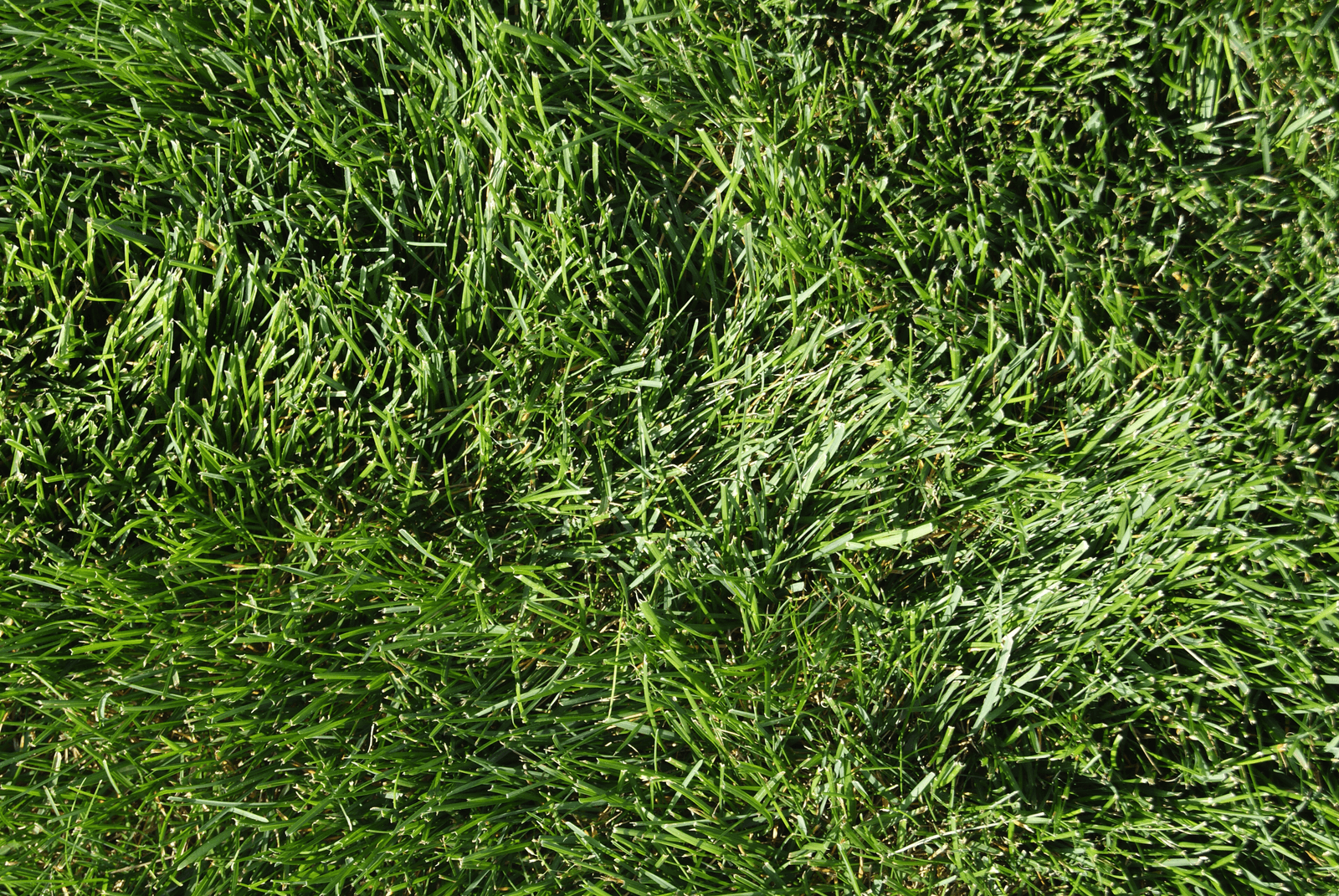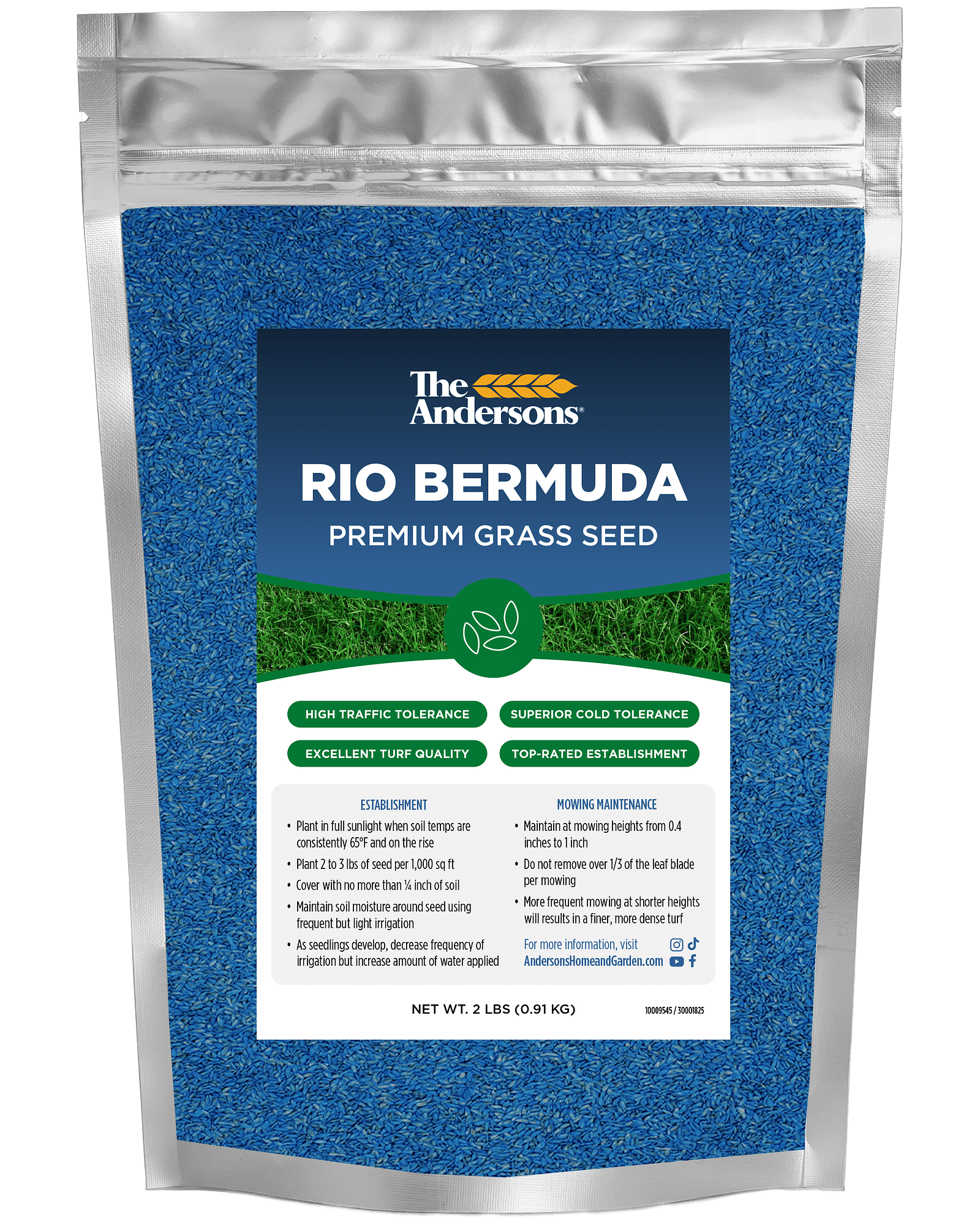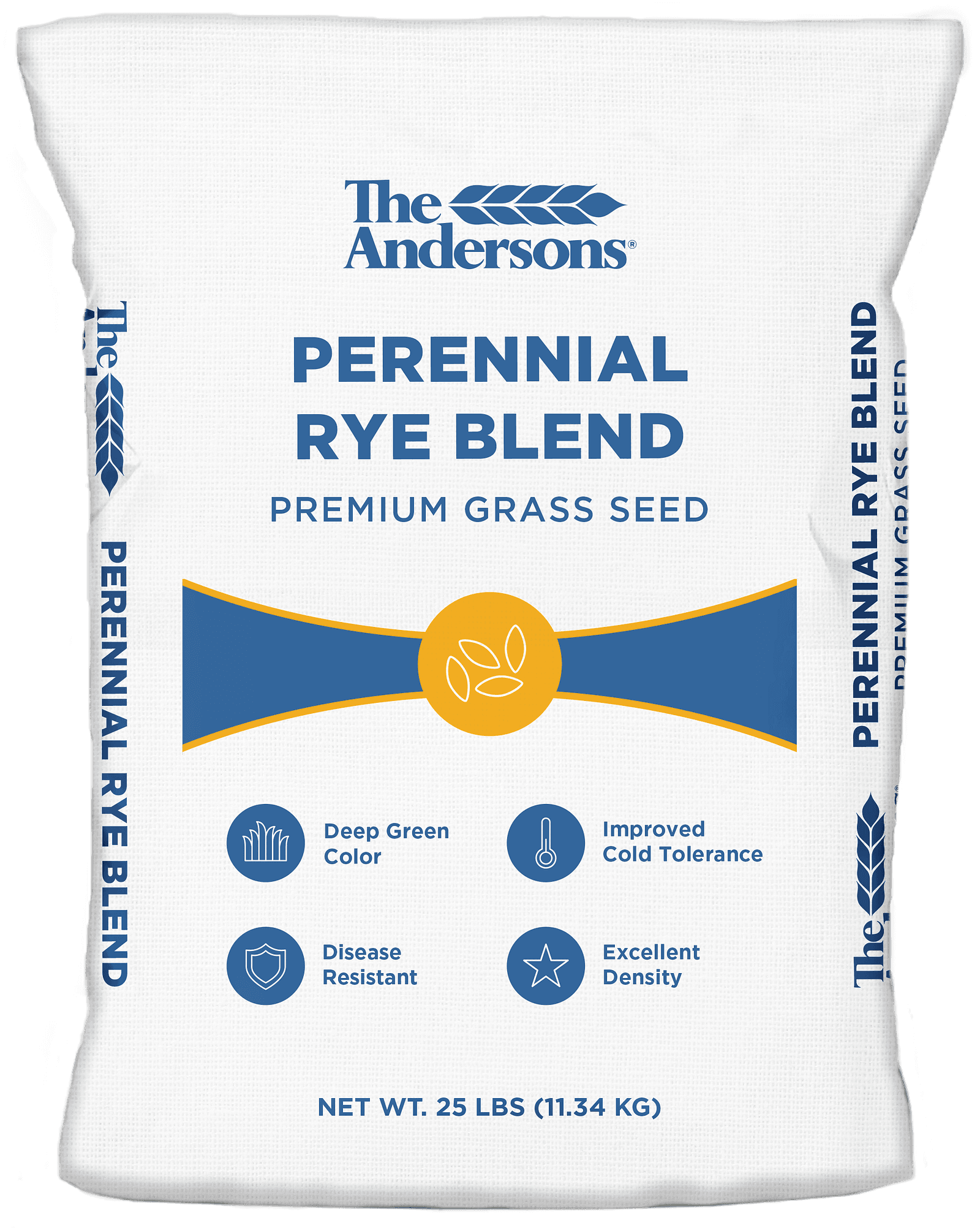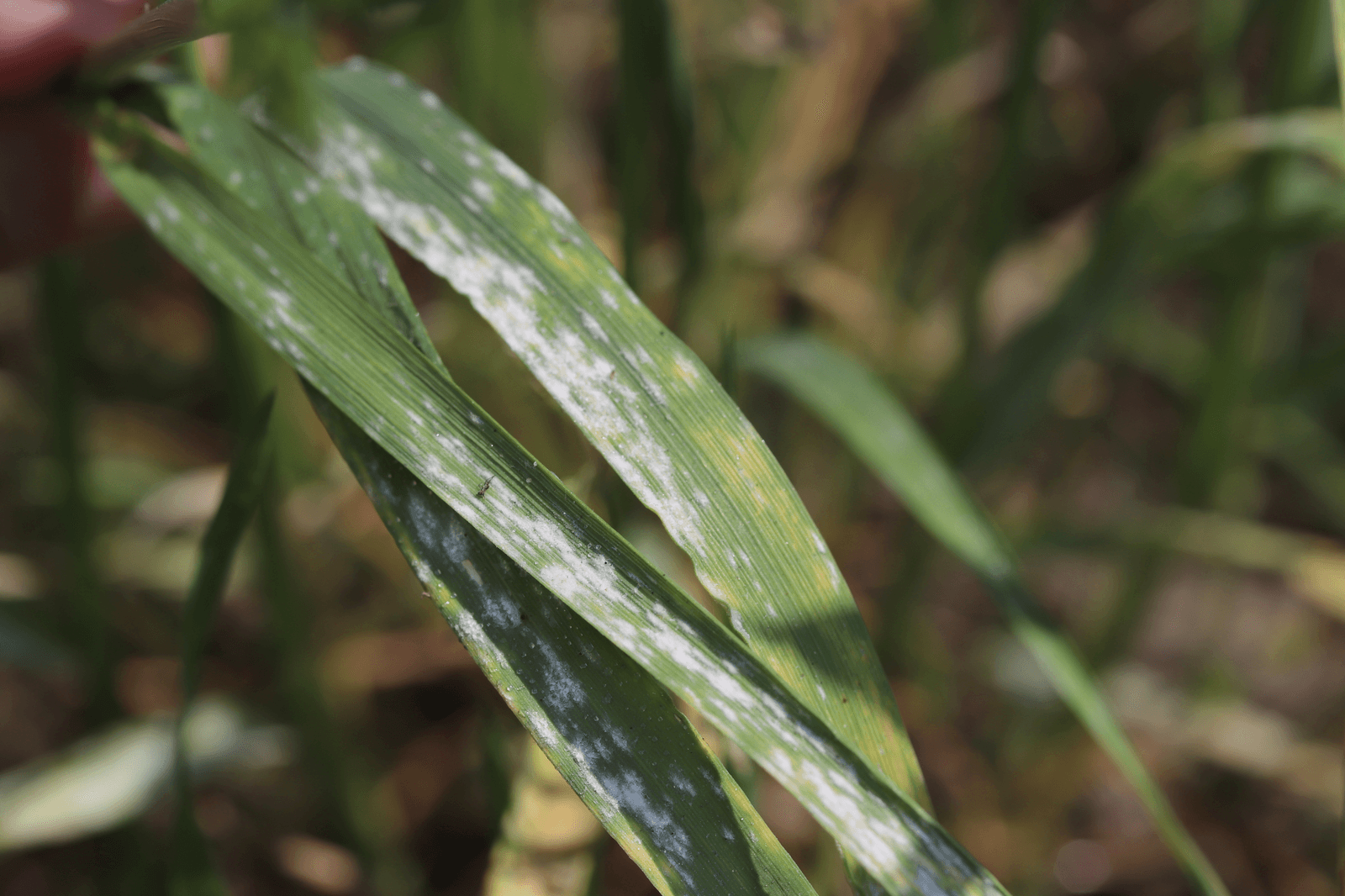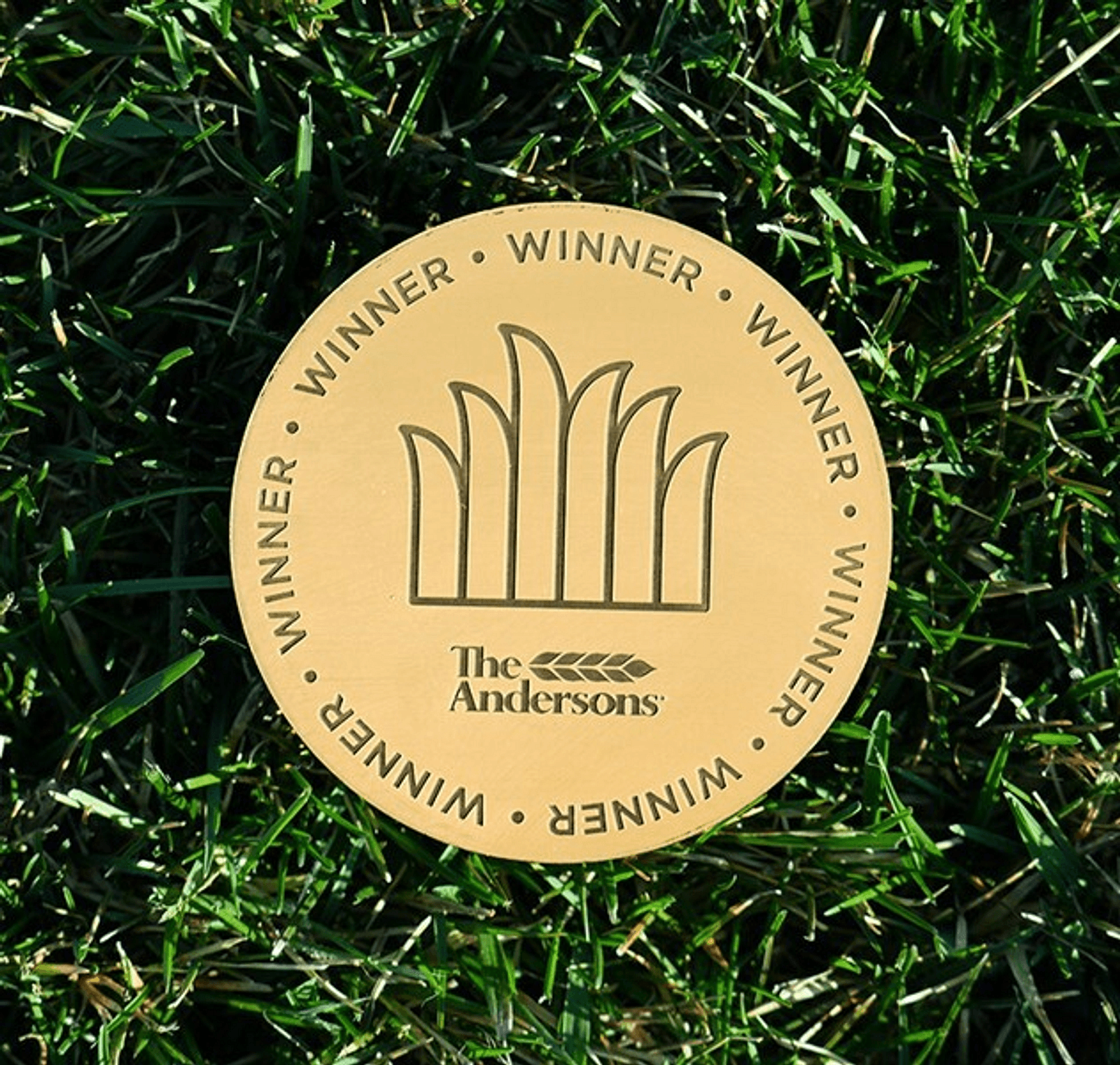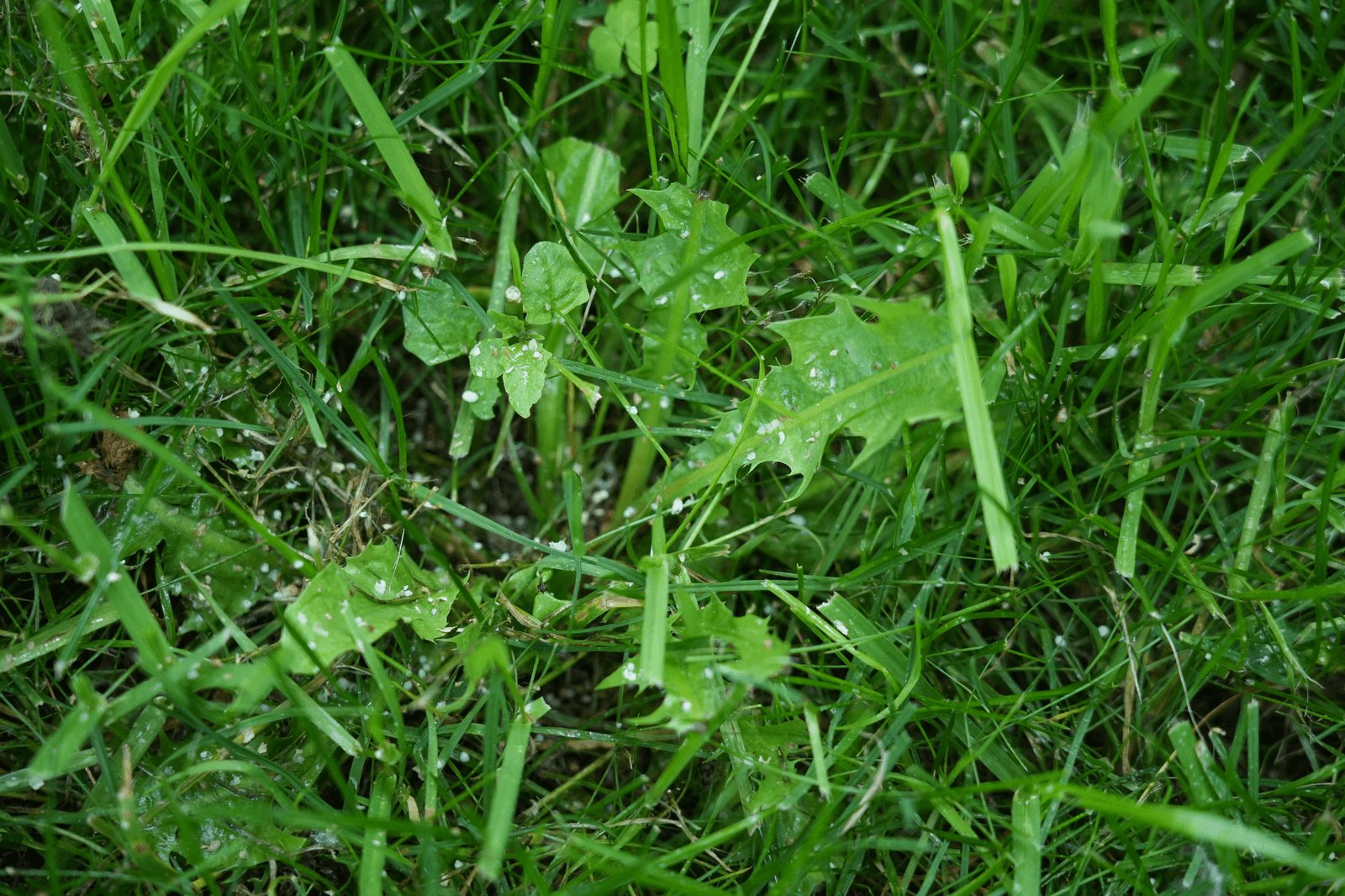When you think of lush, green lawns or beautiful golf courses, chances are the vibrant, soft, and durable turf you're envisioning is Kentucky bluegrass. Known for its rich color, fine texture, and excellent adaptability, Kentucky bluegrass (scientifically known as Poa pratensis) is one of the most beloved and widely used grasses in North America. Whether it's for residential lawns, sports fields, or public parks, Kentucky bluegrass has earned its reputation as a top choice for creating beautiful, functional landscapes. But what exactly makes Kentucky bluegrass so special? Let’s dig into its characteristics, uses, and care tips.
UNDERSTANDING KENTUCKY BLUEGRASS
Kentucky bluegrass is a cool-season grass that thrives in temperate climates with mild winters and moderate summers. It is native to Europe, Asia, and parts of North America but has become most famously associated with Kentucky, where the rich, blue-green color of its blades became a symbol of the state's agricultural heritage.
The grass is known for its fine texture, vibrant blue-green hue, and exceptional resilience. Kentucky bluegrass forms dense, lush lawns and turf areas that recover quickly from stress, making it a favorite in both residential landscaping and high-traffic areas like sports fields and golf courses.
KENTUCKY BLUEGRASS BENEFITS
There are some key benefits to growing a Kentucky Bluegrass lawn, especially if you're located in the North or Transitional Zone.
Aesthetic Appeal: Kentucky bluegrass is renowned for its appearance. It has a fine, soft texture and a rich, blue-green color that enhances the beauty of any lawn. The grass turns a brilliant green in the spring and remains attractive through the summer months, though it may transition to a duller, brownish tone during the hottest, driest periods of the year.
Soft and Comfortable: If you’ve ever walked barefoot on a Kentucky bluegrass lawn, you’ve likely noticed how soft it feels underfoot. The fine blades of Kentucky bluegrass create a comfortable, velvety texture that makes it perfect for yards and parks where people want to enjoy outdoor activities.
Durability and Resilience: Kentucky bluegrass is known for its ability to repair itself. It has a unique growth habit: it spreads via rhizomes, or underground stems, which allows it to fill in bare spots and recover from damage more effectively than many other grass types. This characteristic is particularly important in high-traffic areas, such as sports fields and playgrounds.
Adaptability: Kentucky bluegrass is a cool-season grass, which means it thrives in areas that experience cold winters and moderate summers. However, it also does reasonably well in more temperate climates and can adapt to a range of soil types, though it prefers well-draining, slightly acidic soil.
Disease and Pest Resistance: While no grass is entirely immune to pests or diseases, Kentucky bluegrass is relatively resistant to many common turfgrass problems. Its dense growth and ability to recover quickly help it stave off the invasion of weeds and some diseases. That said, it does best when well-maintained with appropriate watering, mowing, and fertilization.
BEST USES FOR KENTUCKY BLUEGRASS
Kentucky Bluegrass is a cool-season grass that has become a popular choice for:
Lawns: Perhaps the most common use for Kentucky bluegrass is residential lawns. Its beautiful color, soft texture, and adaptability to different climates make it a top choice for homeowners looking to create a lush, attractive landscape. Whether you’re installing a new lawn from seed or overseeding an existing one, Kentucky bluegrass can give your yard that golf-course look.
Sports Fields and Golf Courses: Thanks to its durability and recovery abilities, Kentucky bluegrass is often used on athletic fields and golf courses. It holds up well under the stress of heavy foot traffic and provides a smooth, even playing surface. On golf courses, it’s particularly prized for its ability to form smooth, fast greens.
Public Parks and Green Spaces: Municipalities and public land developers also favor Kentucky bluegrass because it creates wide-open spaces that are aesthetically pleasing and functional. Parks, playgrounds, and other public green areas benefit from Kentucky bluegrass’s beauty, resilience, and soft texture.
Pastures and Hay Fields: In some parts of the world, Kentucky bluegrass is used in pastures for grazing livestock, though it’s not as common as other types of grass for this purpose. In some cases, it's also used for hay production. However, its use as a pasture grass is secondary to its role in landscaping and turf.
ESTABLISHING A KENTUCKY BLUEGRASS LAWN
Although Kentucky bluegrass is relatively low-maintenance compared to other types of grass, it still requires proper care to thrive. Here's a quick guide to growing and maintaining a healthy Kentucky bluegrass lawn.
Soil Preparation: Kentucky bluegrass prefers slightly acidic, well-draining soil. Before planting, test your soil's pH with a soil test and amend it as necessary with either NutraLime OP® or Elemental Sulfur to ensure optimal growing conditions.
Seeding: The best time to seed Kentucky bluegrass is in the early fall or spring. Fall is ideal because the cooler temperatures and consistent rainfall promote germination. Consider planting Stadium Mix Kentucky Bluegrass Seed.
Overseeding: If you have an existing lawn that has thinning patches, overseeding with Kentucky bluegrass is a great way to fill in those spots and enhance the overall look of your yard.

KENTUCKY BLUEGRASS CARE TIPS
Watering: Kentucky bluegrass requires moderate watering. It is relatively drought-tolerant once established, but during dry spells, watering once or twice a week is often necessary to maintain its color and health. Water deeply but infrequently to encourage deep rooting, which will help the grass survive during dry periods.
Mowing: Kentucky bluegrass should be mowed to a height of about 2.5 to 3 inches to ensure a thick, healthy lawn. Avoid cutting more than one-third of the grass blade in a single mowing session to prevent stressing the grass. Regular mowing also helps to prevent the grass from becoming too tall and scraggly, maintaining that neat, uniform appearance.
Fertilization: Fertilize your Kentucky bluegrass lawn in early spring and again in fall to support its growth during its peak seasons. Apply a balanced fertilizer with a 3:1:2 or 4:1:2 ratio of nitrogen, phosphorus, and potassium, such as PGF Complete™ 16-4-8, during the growing season to promote strong root development and vibrant green color. Follow recommended guidelines for application rates. Avoid fertilizing in the hot summer months, as this can stress the grass.
Aeration: Aerating the lawn every year or two in the spring or fall can help improve soil compaction, especially in areas with heavy foot traffic. Aeration allows water, nutrients, and air to reach the roots more effectively, promoting a healthier, thicker lawn.
Follow the cool season lawn care calendar for recommended timing of product applications.
Kentucky bluegrass remains one of the most popular and versatile turfgrasses available, thanks to its rich beauty, resilience, and suitability for a wide range of uses. Whether you're creating a backyard oasis, preparing a sports field, or designing a golf course, Kentucky bluegrass offers the perfect balance of aesthetics and function. With proper care, it can thrive in many environments, providing a green, soft surface that’s both durable and inviting.
If you're looking for the perfect grass to give your lawn that classic, lush look, Kentucky bluegrass might just be the perfect fit.
Click below to learn more about other grass types:






